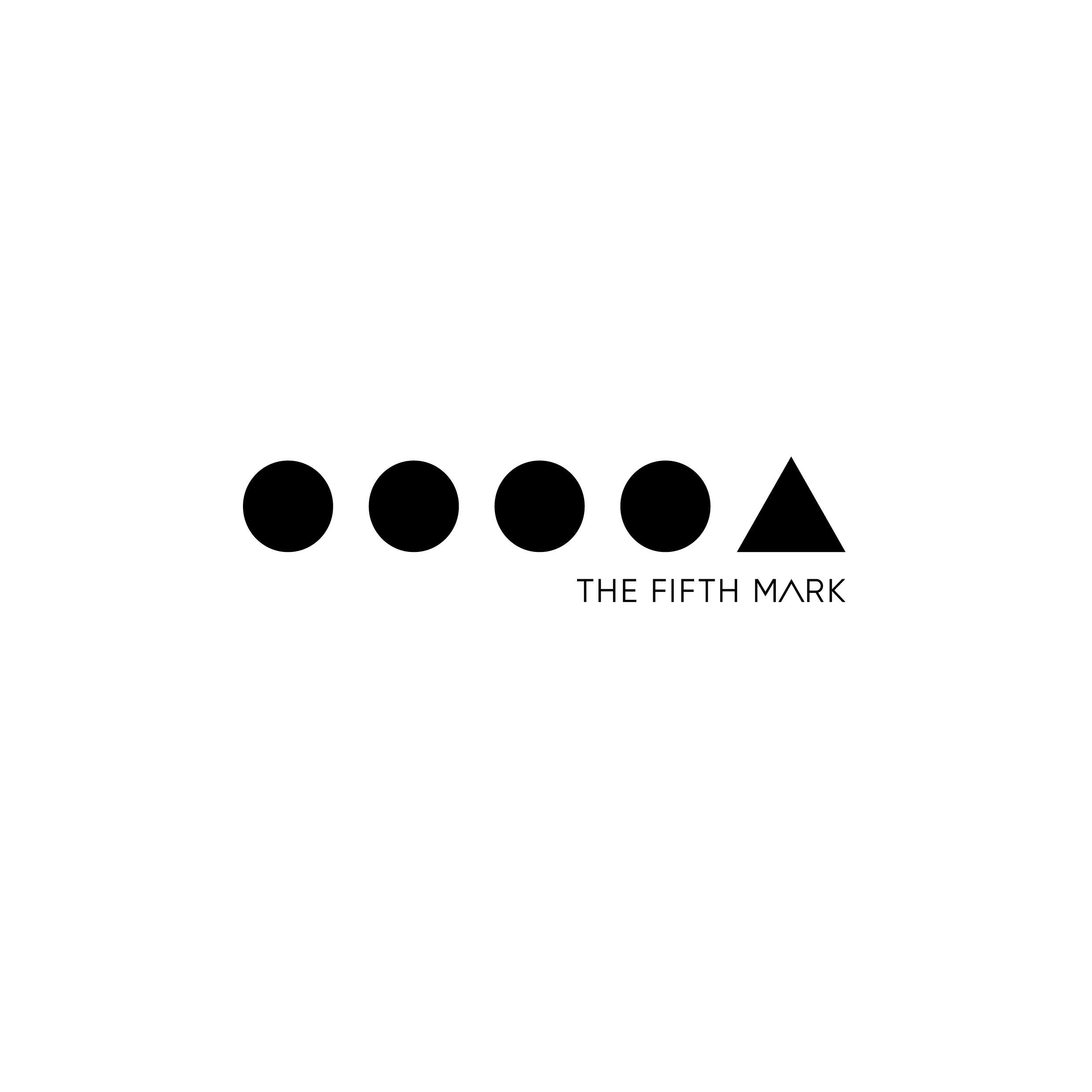Delivering growth has never been harder.
As a founder, leader, or head of growth, you are tasked with finding ways to deliver more with less, against a backdrop of economic uncertainty, political unrest, relentless technological progression, and changing customer wants and needs.
We see Growth as a Complex and Adaptive System
As the above highlights, growth does not occur in isolation; it is part of a complex and adaptive system. Businesses operate in dynamic environments that consist of multiple interacting agents (including employees, customers, competitors, regulators, and suppliers) whose behaviours and decisions influence the business’s overall direction and success and can create emergent outcomes-more on this later. Understanding the system helps us deliver better growth outcomes.
The ambition of our work is to give you more tools within a structured, adaptive framework, helping you to better understand your customers, take bets that deliver, and optimise things that matter. Ultimately, this creates more value for the humans your business serves and more fulfilment, success, and joy in the work you do. Everything's better when we're growing (profitably)—right?

But How?
Mapping your unique growth system presents a new opportunity to understand, improve, and optimise it. These systems start and end with humans, around whom connected channel experiences (growth modules) are formed. These are affected by environmental factors (impactors) and levers that can improve the speed and direction of growth—Growth Fuels. By considering growth in this way, we can more effectively understand and influence growth performance. We’ll dive into each of these elements in just a moment.
The Strategic Enablers establish foundational bearing points that underpin the development of the Growth System, which delivers outcomes such as revenue or users.
They are divided into two categories: Proposition (how we present ourselves to customers through brand, product, and markets—which essentially offers a more tangible explanation of product-market fit) and Drivers, such as Growth Modules, resources, and ambitions, which both propel us forward whilst providing a healthy dose of constraints. They encompass research, bets, decisions, and directions agreed upon by the team and formalise them into a framework that everyone can access and use.
The Strategic Enablers help growing ventures to be adaptive while avoiding chaos. Elements are durable in the short term and adaptive in the medium term. This 'Adaptive Durability' is practically helpful for task execution as it allows people to get things done within a framework that is periodically optimised as we learn. During each cycle, the Strategic Enablers should be reassessed by the right people using the correct insights, ensuring adaptability while avoiding chaos and poor decision-making.
The fact that the Growth Model, which includes key commercial aspects such as the P&L, sits within the foundational part of the growth system is more than a little deliberate. The 'growth at all costs' bubble has burst, and for good reason too. There is no escaping the fact that, at some point—and hopefully early in a business's lifecycle—it must achieve commercial sustainability.
Understanding profitability and having a true is essential for success. Growth modules Think of Growth Modules as a string of contact points that humans (user, customers, agents) have with your brand. If everything works as it should, these
Growth Modules will serve as pathways which guide individuals towards completing an action that we, as marketers, see as desirable, often referred to as a conversion.
This could involve subscribing to, using, or purchasing a product or service. An example of one Growth Module might be seeing an advertisement, visiting your website, and making a purchase. Understanding these Growth Modules allows us to have more clarity around what agents, products, channels and creative are driving performance and why. So, when a growth module becomes less effective, we understand why, learn from it, optimise it or design something new inspired by insights gleamed. This approach allows us to become the architects of experiences that deliver more value for both humans and businesses alike. Thinking about your experience solely in terms of one channel means missing this opportunity to drive such utility and often results in people asking the wrong questions and getting bad answers.
Organic momentum is demand or visibility for your business that is free at the point of contact.
It is hard to influence, costly to build, and rarely available to early-stage ventures; however, it can inject substantial health into your overall growth system. An example of this is SEO or mental availability of your product. Businesses that with a large wedge of organic momentum can often survive for periods without marketing. However, over time, growth will likely slow. This is one of the reasons why the job and strategies used by a marketer at a global corporation with high brand awareness differ so markedly from those at a scale-up.
Growth Fuels are non-working elements that enhance overall growth effectiveness and velocity.
Just like the right nutrition, they can help everything move faster and run better. Growth Fuels are interesting because they allow us to define which levers to pull in response to a specific OCA (challenge, opportunity, or objective—more on this here). For example, we might launch a new product or improve the strength of our creative
A Matter Of Tracking.
As mentioned previously, the system is complex and adaptive. The complexity of the system, coupled with the imperfect nature of digital tracking, means that simplifying growth to clean, classic funnels is impossible. However, with a smart setup, we still have many ways to understand commonalities and the people and pathways that deliver growth. Although attribution is messy and data rarely clean, self-on-self comparison and the use of a total growth model, linked to a clear view of your business’s P&L and overall health metrics, are more than a little bit important.
The Impactors: Headwinds and Tailwinds
The truth is that the overall growth trajectory of a business is influenced by factors that impact the system. These can sometimes be positive, in the case of tailwinds, or cause friction, in the case of headwinds. The last five years have shown us the disruption these impactors are capable of, with Covid being a huge tailwind for some and a catastrophic headwind for others. Impactors provide us with better language—and a more regular cadence—by which to discuss the social, political, economic, and consumer forces that shape our growth system and trajectory.
Now that we've introduced the concept of Growth Systems Thinking, let's introduce you to some tools around it. We’ll start with the most foundational part of the growth system, the Strategic Enablers here >





